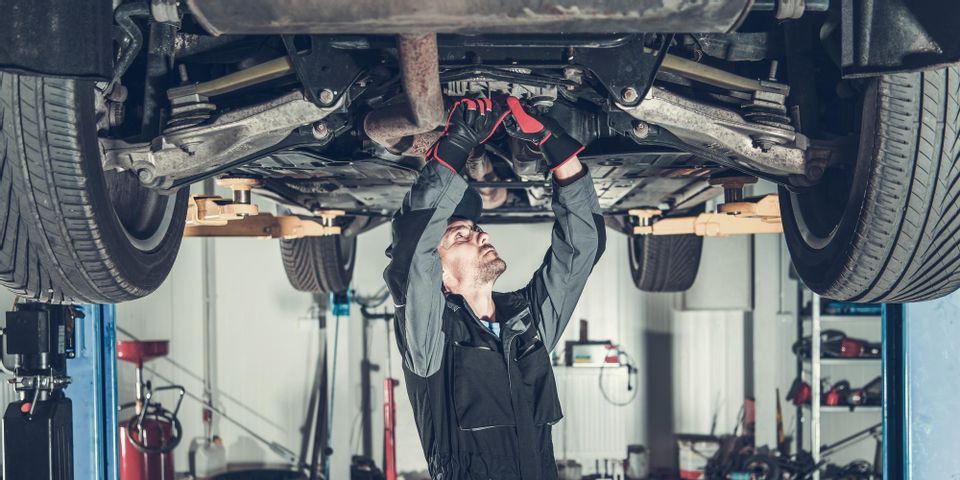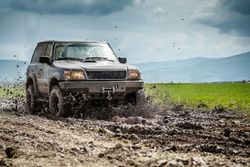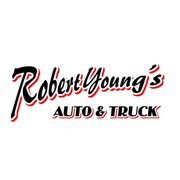A Guide to Drivetrains

The drivetrain is among the most overlooked and least understood components of any vehicle. If it breaks down, you’ll need the help of a towing service to move your car— similar to situations involving a failed transmission system. You can avoid this situation by understanding how your drivetrain works using the following guide.
What Is a Drivetrain?
The drivetrain comprises of a particular set of moving parts, which include the transmission, driveshafts, joints, differentials, axles, and wheels. While it is one of the many things responsible for moving your automobile, it excludes the engine as a component.
How It Works
 Through the synchronized movements of its parts, the drivetrain transfers the torque, or the rotational power produced in the engine, to the attached wheels to propel the vehicle. No matter the drivetrain arrangement, it comes with a transmission system that controls the amount of power transferred to the wheels.
Through the synchronized movements of its parts, the drivetrain transfers the torque, or the rotational power produced in the engine, to the attached wheels to propel the vehicle. No matter the drivetrain arrangement, it comes with a transmission system that controls the amount of power transferred to the wheels.
The driveshaft, on the other hand, facilitates the transfer of torque. It is a long spinning tube connected to the engine and wheel system on each end. Its length depends on the drive system, often longer in rear-wheel drivetrains. It is then linked to the differential via either universal or constant-velocity joints.
The differential allows wheels on the same axle to spin at varying speeds and is essential when you’re making a turn. The wheel nearer the curve travels at a shorter distance compared to the outer ones, so it needs to rotate faster to keep up.
What Are the Different Types?
Drivetrains come in four different arrangements, providing benefits specific to each type. If they fail, you’ll have to call a towing service for assistance.
Front Wheel
Having front-wheel-drive allows a vehicle to be more compact because of the system’s smaller size. All components are in the front, near the engine. Although it has the same setup, its parts have different names.
Rear Wheel
A standard layout for trucks and cars, rear-wheel-drive offers more power and better handling over their front-wheel counterparts.
4-Wheel
In four-wheel drivetrains, the torque can be split between front and rear axles through the drive shaft. This system allows the driver to shift using all four or just two wheels, given the driving conditions.
All-Wheel
As the name suggests, all-wheel-drive makes use of the four wheels all the time. There’s no option to switch to a two-wheel drive.
When your drivetrain fails unexpectedly, you’ll need the help of a reliable towing service, which is where Robert Young’s Auto & Truck can help. Assisting motorists throughout Roanoke Valley, VA, they’ve provided top-notch roadside assistance, including car transport, since 1982. Call (540) 982-3809 for emergency towing or view their full list of services online.
About the Business
Have a question? Ask the experts!
Send your question

